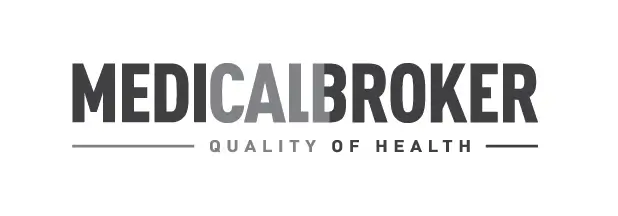Cervical disc herniation ~ Symptoms & Treatment
Slipped disc in the Neck - this is a protusion of the intervertebral disc which irritates the nerve roots. Certain neck positions can increase the neck pain, back or upper limbs.
Cervical herniated disc
The tissue that lies between the cervical vertebrae, known as intervertebral discs, consists of a soft gel-like central area with a hard outer covering. These intervertebral discs create joints between the vertebrae to enable mobility. When the outer covering of the disc tears, the soft central tissue can protrude from the opening created, resulting in a herniated disc.Various factors, such as ageing, in which the intervertebral discs lose flexibilityand elasticity, and the surrounding ligaments become fragile and easily torn,facilitate the appearance of a herniated disc, causing compression of the nearby spinal nerves, known as radiculopathy, and myelopathy, in cases where it affects the spinal cord.
Cervical disc herniation - Symptoms
The presence of a cervical herniated disc can cause pain in the neck, radiating down to the shoulder and arm, and feelings of numbness or tingling in the arm and hand. The pain is usually dull and constant and difficult to locate, but on occasions, can be acute, burning and well located.Feelings of numbness, weakness and tingling in the muscles can be indicative of a serious problem.Other symptoms include muscle stiffness or neck cramps. These most commonly occur between the fourth, fifth and sixth cervical vertebrae.
Cervical herniated disc - Orthotic treatment
Taking into account that the cervical vertebra system supports the head, which weighs around 5 kg, representing a significant mechanical demand, unloadingand limiting mobility, or even immobilisation of the cervical segment, are the basic treatment objectives, along with rehabilitation and physiotherapy, accompanied by prescribed medication.Cervical and cervicothoracic collars, with or without occipital/mandibular supports,are, depending on the severity, highly useful in conservative treatment in that they prevent compression of the intervertebral discs, nerve roots and the spinal cord. Especially useful are orthotic devices that enable adjustment of flexion and extension, and also facilitate intervertebral distraction in which separation of the vertebral bodies is sought, ensuring optimal treatment, given that 90% of herniated discs can be resolved with conservative treatment.

